

Ben Zachariah
Video: Off-road battle for Beer O’Clock Hill has automakers scrambling
11 Hours Ago
Haval's three-model local range was introduced around five years ago, which means there's a new generation of Haval SUVs on the horizon.

News Editor


News Editor
Chinese SUV brand Haval mightn’t be soaring as rapidly as its countryman MG but it’s been steadily increasing its sales since it arrived in 2015.
Capped by the Toyota Prado-rivalling H9, the local Haval range also includes the small H2 and mid-sized H6 crossovers.
This year’s Beijing motor show saw the reveal of two new Haval products which CarExpert understands will replace the current H2 and H6.
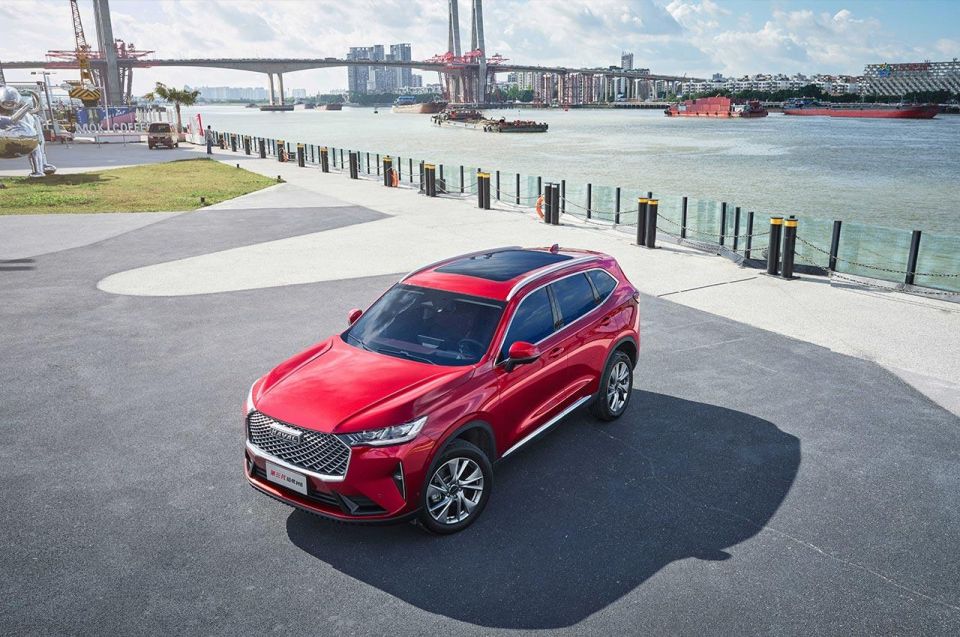
While a newer, second-generation H6 model debuted in 2017, it’s this third-generation car that’s been designed as a global model – just ignore the three other H6-badged models sold in China, as Haval is following Chinese tradition in selling multiple vehicle generations simultaneously.
The third-generation H6 debuts a new platform architecture for Haval known as the Lemon platform, which can support A through D-segment sedans, SUVs and MPVs.
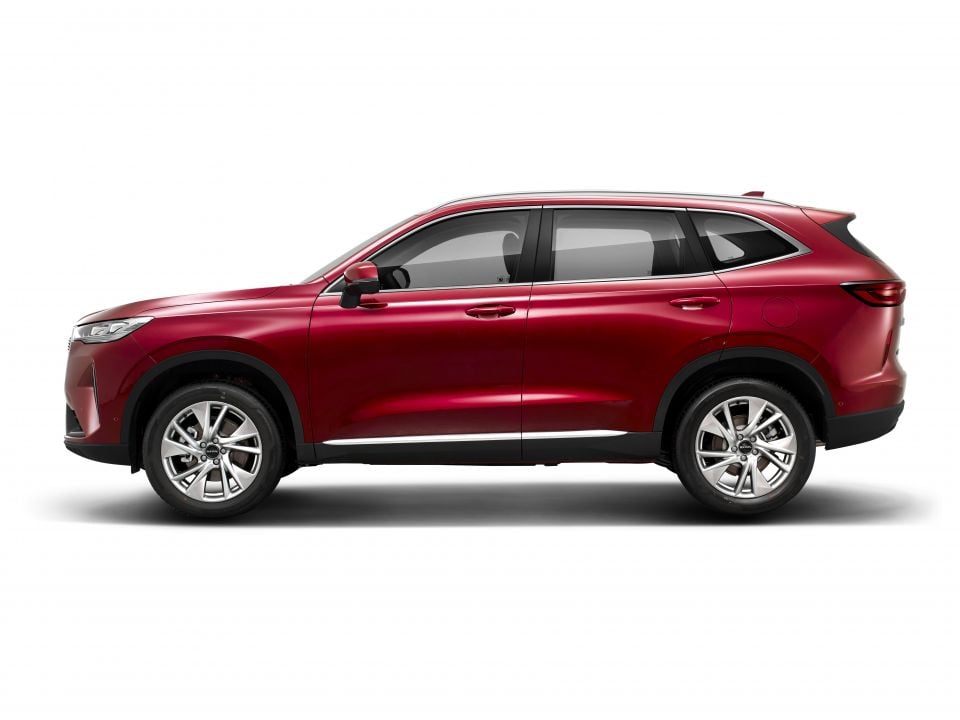
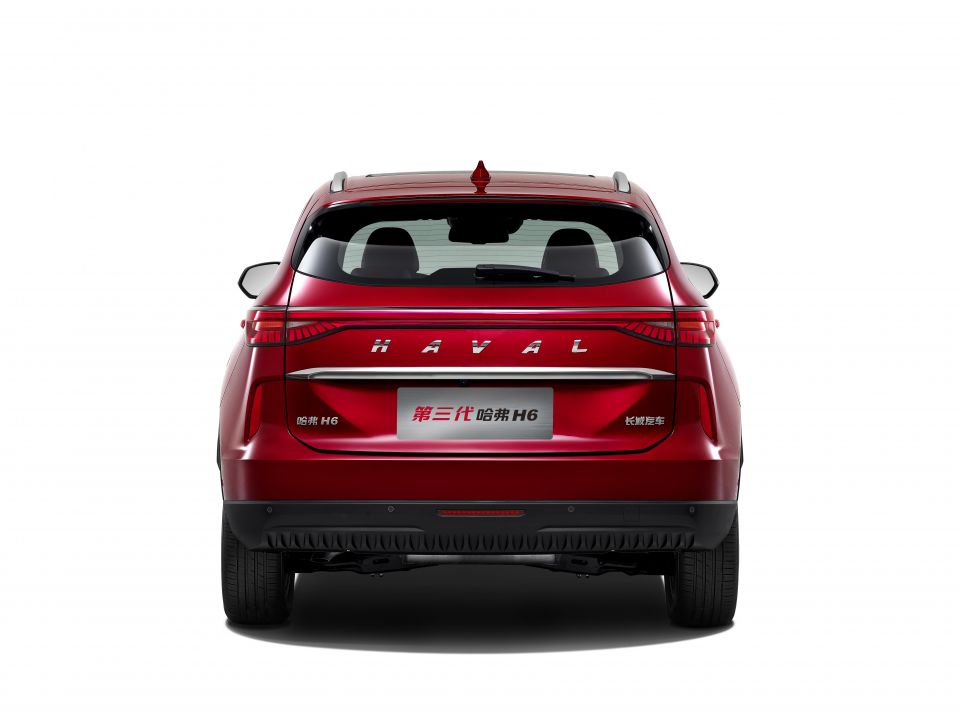
It’ll also eventually be host to battery-electric and fuel-cell vehicles.
Lemon-based models currently use a family of turbocharged petrol and hybrid four-cylinder engines displacing between 1.5 and 2.0 litres.
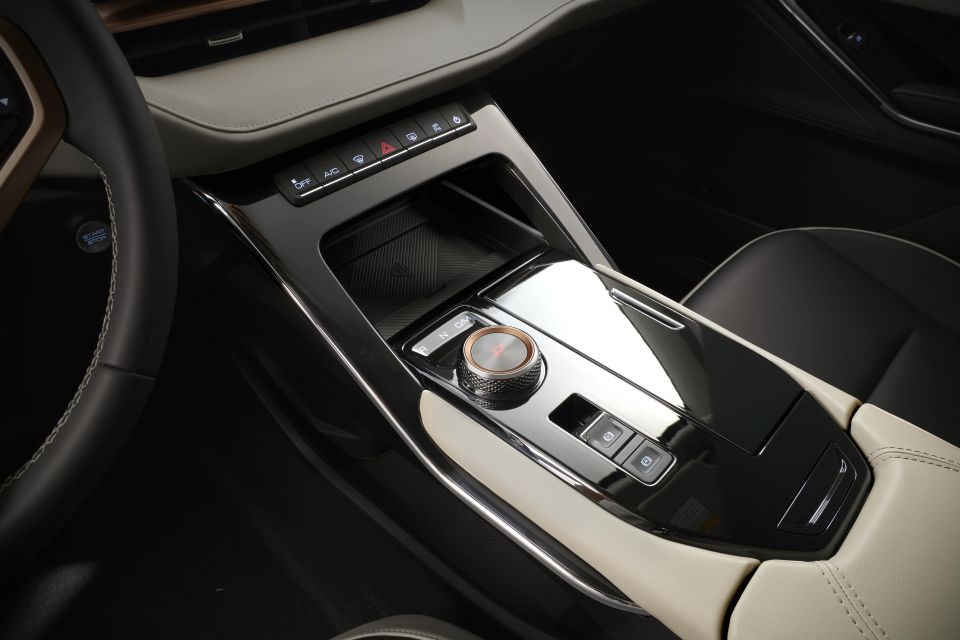
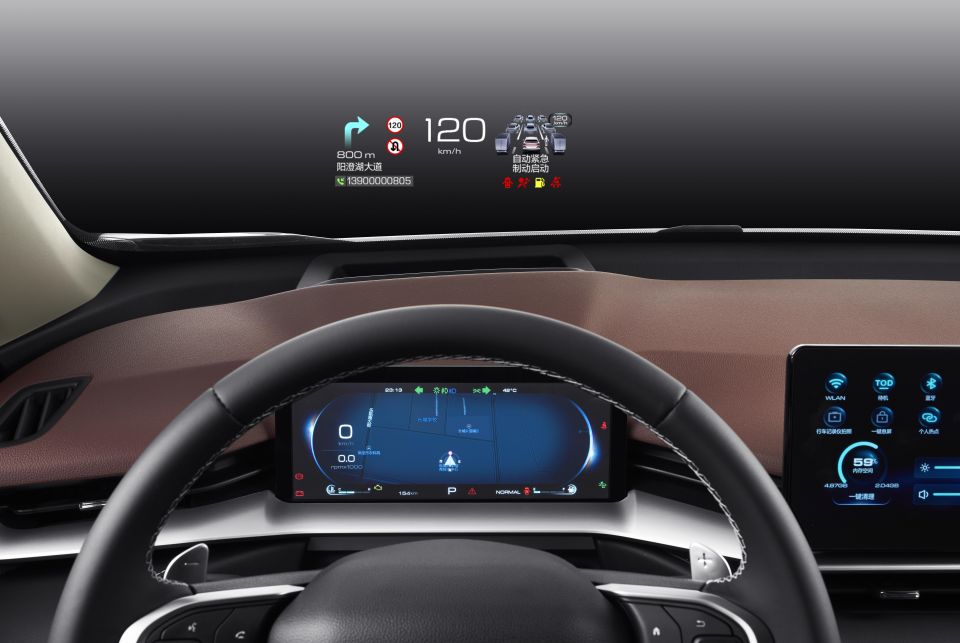
The H6 comes standard with a 1.5-litre turbo four producing 124kW of power and 285Nm of torque, mated to a seven-speed wet dual-clutch automatic transmission.
That’s 21kW and 30Nm less than the current, Australian-market H6’s 2.0-litre turbo, though the dual-clutch auto adds an extra speed. Haval is also developing a nine-speed dual-clutch.

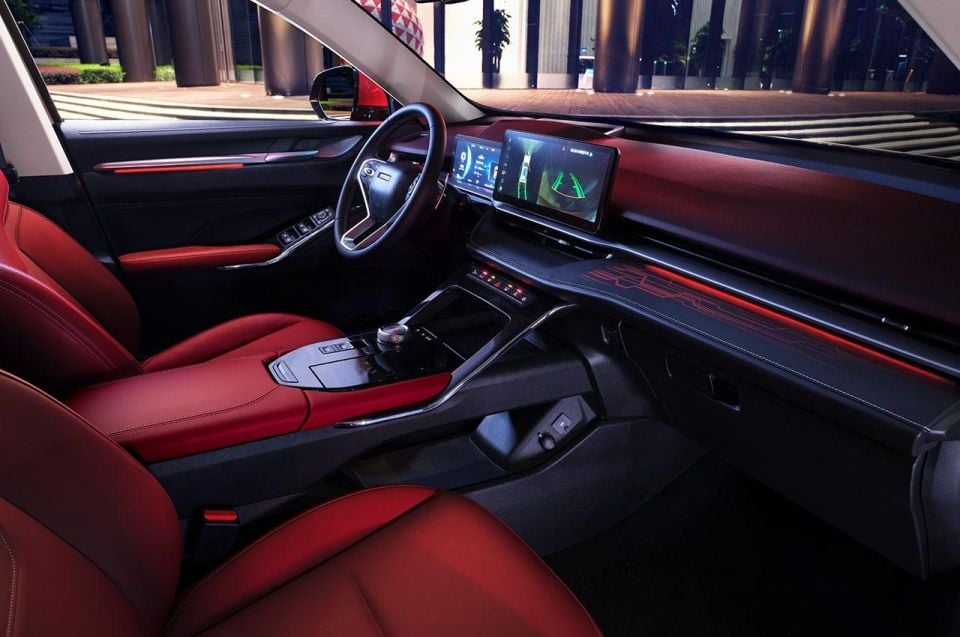
There’s a lot more technology than the current car. New features include semi-autonomous parking assist, adaptive cruise control, and traffic sign recognition, while the autonomous emergency braking system can detect vehicles, pedestrians, cyclists and intersections.
The current H6 doesn’t feature any active safety tech besides blind-spot monitoring.
Inside, there’s a larger 12.3-inch touchscreen infotainment system (up from 8.0 inches), a colour head-up display, and a 10.25-inch digital instrument cluster. Various striking two-tone colour schemes are also available.

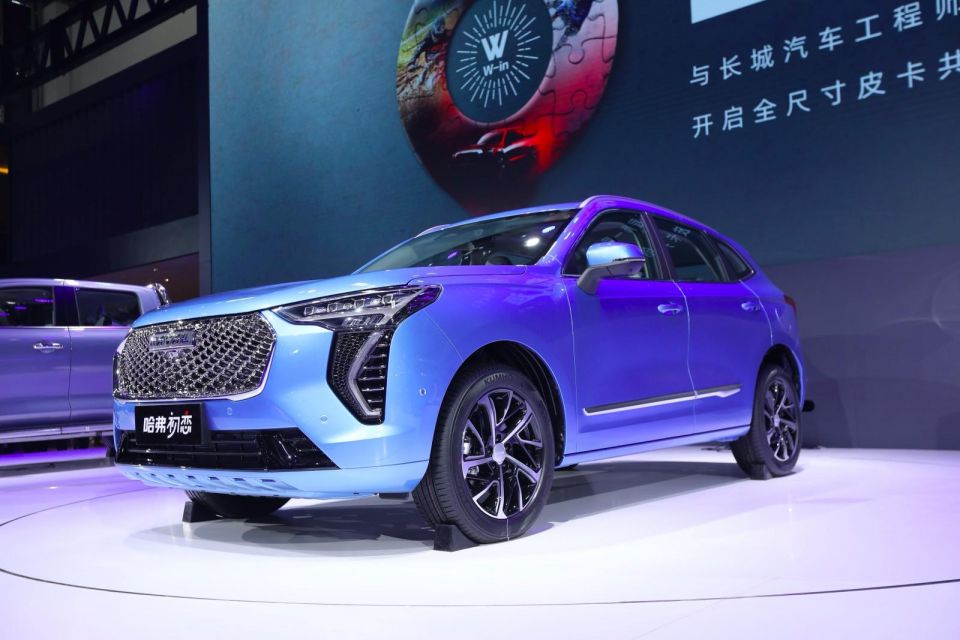
The Hafu Chulian concept (“First Love”) is a virtually production-ready vehicle that presages the next generation H2. Haval also revealed this year its Concept H, which previews a plug-in hybrid version of the same car.
Underpinned by the Lemon architecture, the First Love is powered by a turbocharged 1.5-litre four producing 111kW of power and 210Nm of torque.
The First Love will go on sale in the Chinese market next month and is expected to offer a choice of six-speed manual or seven-speed dual-clutch automatic transmissions, plus features not previously available in the H2 like autonomous emergency braking.
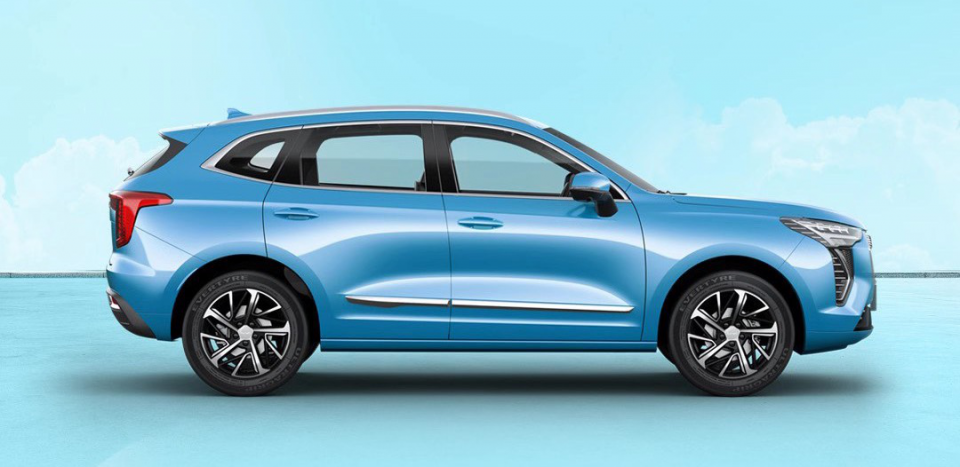
Though not a complete copycat, Haval has clearly drawn more than a bit of inspiration from Cadillac. The headlights and distinctive vertically-oriented daytime running lights look overtly similar to those of the Cadillac XT4 while the tail lights resemble those of the XT6.
The new H2 is expected to be one of the models that’ll spearhead the brand’s launch into the thriving Indian car market.
Great Wall Motors agreed to purchase a General Motors factory there early this year, part of an ambitious global expansion that has also seen it buy another GM factory in Thailand. Slowing domestic demand has led the company to focus more on export markets.

The Chinese-market H9 received a minor facelift for 2020, though CarExpert understands this won’t be coming here.
Instead, we’ll wait for the next-generation model which will be built alongside the new Great Wall Ute. It’s expected to share its body-on-frame underpinnings with the ute, much as rival SUVs like the Isuzu MU-X and Mitsubishi Pajero Sport are closely related to their ute counterparts.
We don’t know much else about the next-generation H9 though, given the Great Wall Ute is launching later this year, the H9 may not be too far behind.
In addition to the Lemon platform, Haval’s owner Great Wall Motors has also developed a platform called Tank that’ll underpin large off-road SUVs and utes and offer a range of engines displacing up to 3.0-litres and producing up to 260kW of power and 500Nm of torque.
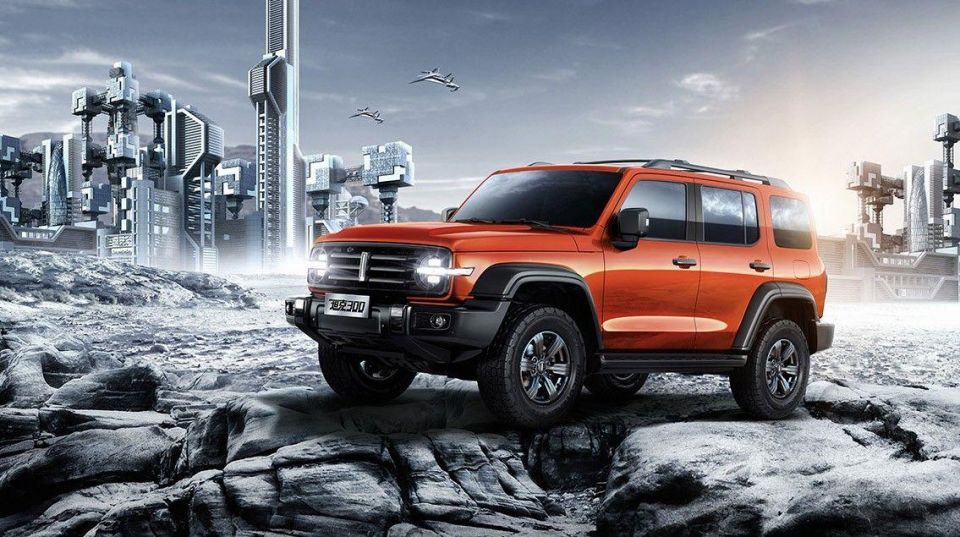
The first production model to use it is the Tank by GWM’s luxury Wey brand, which features styling heavily inspired by the Mercedes-Benz G-Class and Ford Bronco. There’s no word on whether this rugged off-roader will be offered outside of China.
William Stopford is an automotive journalist with a passion for mainstream cars, automotive history and overseas auto markets.


Ben Zachariah
11 Hours Ago


CarExpert.com.au
19 Hours Ago


Damion Smy
1 Day Ago


Damion Smy
2 Days Ago


Damion Smy
2 Days Ago


Damion Smy
2 Days Ago